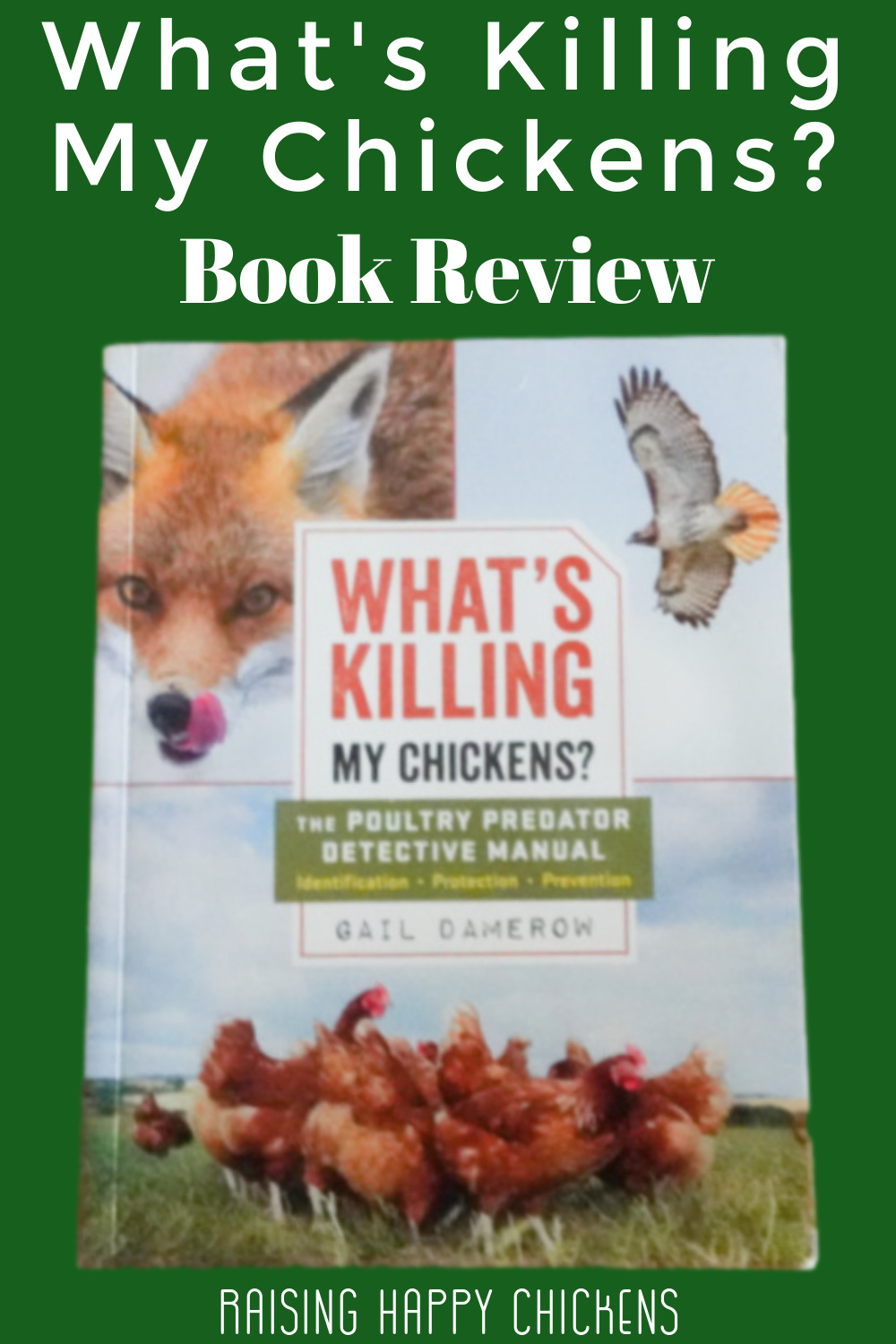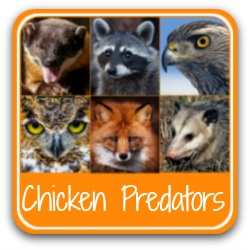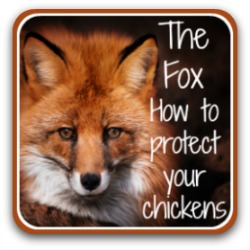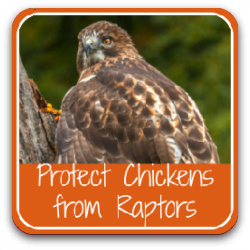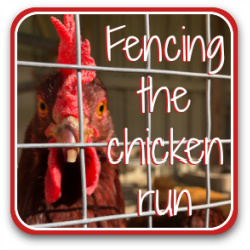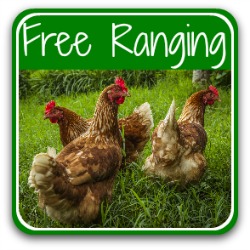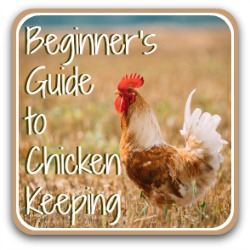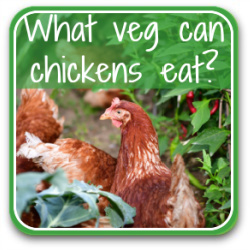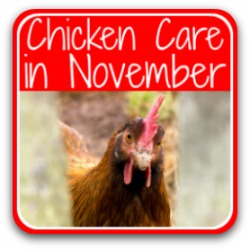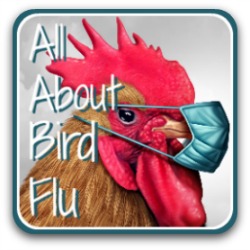Chicken predators: an identification manual.
Gail Damerow's "What's Killing My Chickens? Poultry Predator Detective Manual" – a review.
Keeping our chickens safe is one of the main priorities of any chicken keeper.
But how to know which predators we have in our area? And, if they have already struck, how can we work out which predators we may be faced with?
Identifying and understanding predators and their behaviour is critical to anyone who keeps a flock of backyard chickens, no matter how small.
Knowledge empowers us to take steps to make sure our chickens are as secure and safe as they could possibly be.
Does Gail Damerow's poultry predator identification manual help us with that?
This review looks at who will benefit from having the book, what it covers, what makes it stand apart from others, what reviews say, and whether the book will be helpful to you and your individual circumstances.
I own all the books I review and can honestly recommend them. I'm not paid anything for my reviews, nor have I received a free copy.
I simply view them as excellent resources which will genuinely help you as much as they've helped me.
I do earn a small commission if you click on the links and buy. There’s no additional cost to you. For more information, see my affiliate disclosure policy.
Will you benefit from this chicken predators identification manual?
Take a look at my copy (below). It's well used, and with good reason.
I've had more than a few chickens killed, and needed a way to discover what was likely to be killing them so that I could understand their behaviour and therefore learn how best to protect my flock.
If you have chickens, you're more than likely to have predators. And if you have predators, it's always critical to be able to identify which it is.
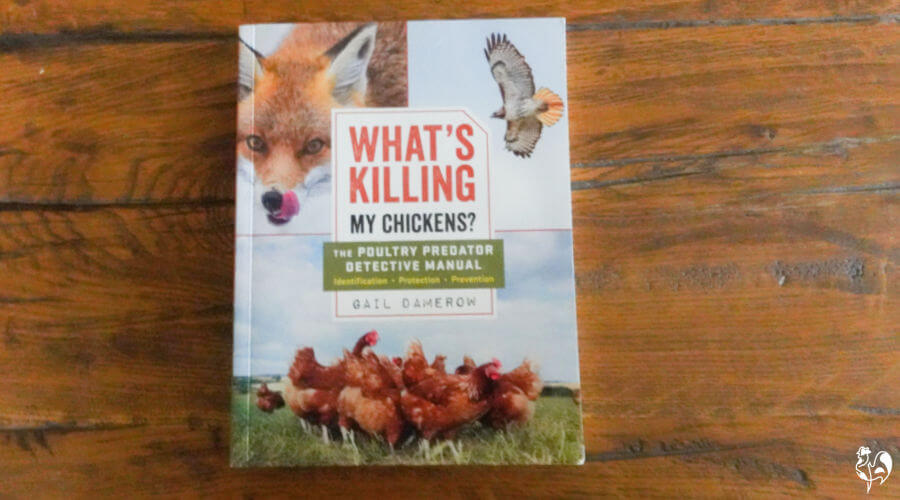 My well-used copy of Gail Damerow's fascinating book.
My well-used copy of Gail Damerow's fascinating book.Knowing how to identify them and understand their behaviour is the only way to move forward in adequately protecting your chickens.
So yes – if you want to keep your chickens safe, this book is a must-have.
What does it cover?
Part one deals with the "how to" questions: how to tell which predators you have; how to know in which season they're likely to attack; how to make sure you look for the tiny details which will separate one predator from another; how chickens are likely to respond to an attack, and what to do about it.
Part two reviews the different predator groups, and individuals within each group. Each is accompanied by photos and silhouettes as well as text descriptions.
Here are the manual's sections.
Part 1: The Offense
- Scene of crime
- Patterns
- Looking for clues
- Discouraging
- Fences
- Poultry reactions
Part 2: The Suspects
- Hawks and eagles
- Owls
- Raccoon family
- Dog family
- Weasel family
- Cat family
Part 2: Suspects, ctd
- Bear family
- Opossums
- Skunks
- Rodents
- Corvids
- Reptiles
What's special about this manual?
- This book is different to others about chicken predators because it doesn't simply give information. It's called an "identification manual" for good reason.
- It comes at the issue of chicken predators from a different perspective. Its aim is actively to teach us, as guardians of our flock, how to identify and then protect against whatever is killing our chickens.
- It's practical and instructive. The section about airborne predators, for example, provides silhouettes, making it easy to identify which bird of prey you've seen.
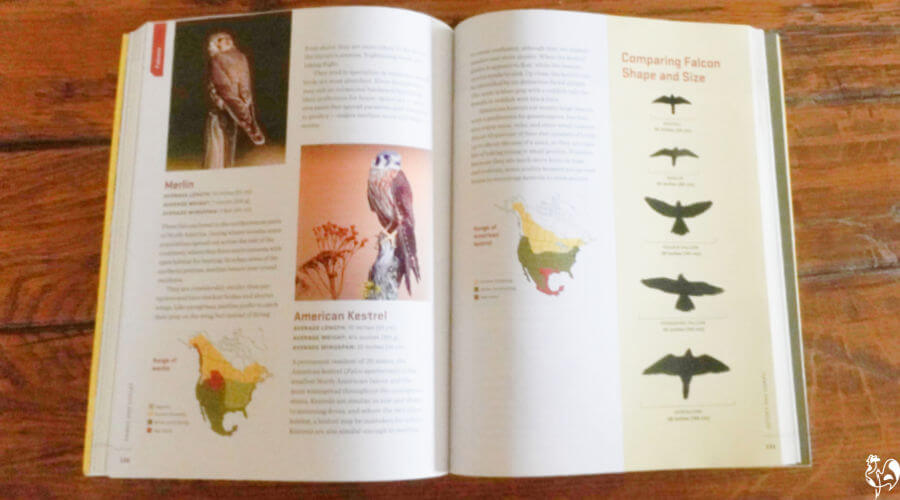
- Even if you don't have chicken predators but are just interested in animals and their behaviour, this book is a fascinating read.
Any downsides?
- Gail Damerow covers so much in this book that inevitably, it can't cover every potential predator in massive detail.
- Overall though, it covers a lot more than the basics. It's certainly an excellent starting point.
- It's not a book to be read from cover to cover. Dip in and out of it, a predator at a time!
What do other reviews say?
Surprisingly, there aren't a lot of reviews on Amazon: only 51 globally, and only six of those had a written comment.
86% scored the book either four or five stars. Comments say the book...
- makes it easy to identify which predator was causing problems
- is very thorough, detailed and easy to understand
- is just interesting!
There was only one negative written review, which said the book did not specifically identify the person's predator.
I think that's understandable. Each individual situation is different. What the book does is describe how to piece different bits of information together to identify the problem. It can't take account of every circumstance.
That's our job as guardians of our flock.
How many Golden Eggs does it deserve?
If you've looked at any of my other reviews you'll know that I award
"Golden Eggs" for products, from one for "save your money" to five – "don't miss out on this wonderful
product!"
How many does 'What's Killing My Chickens' get?
There's no doubt in my mind about this one. It deserves no less than...
A Fabulous Five Golden Eggs!

Why?
- the level of detail
- the photographs and silhouettes which help correctly identify which of many predators you may have
- clear, easy-to-understand descriptions of the physical characteristics of each predator and their behaviour
- always looking at things from a chicken-keeper's perspective
- all of which makes this an invaluable book to add to your chicken-themed library.
My copy is so well read that the spine is creased and the cover looks more than a little the worse for wear.
I guarantee that yours will be, too.
Publisher's Information.
Published by Storey Publishing, LLC, December, 2019
Author: Gail Damerow
Number of pages: 272
ISBN number: 978-1612129099
